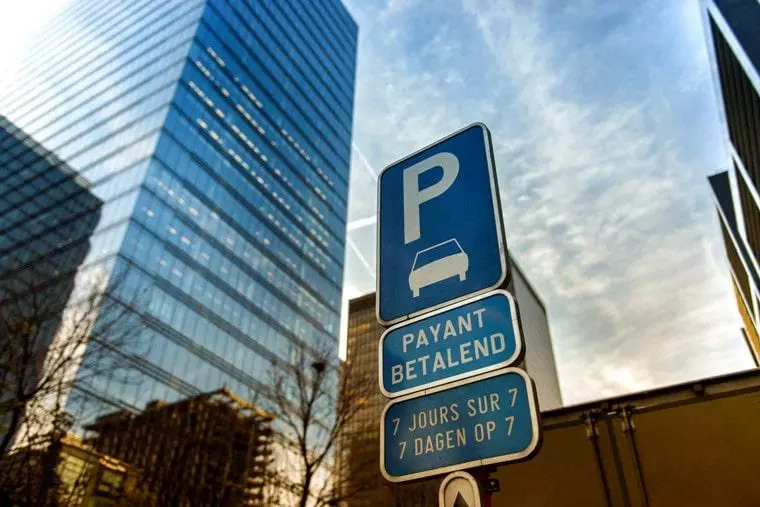The experience of driving a hire car in a foreign country can be a daunting one but trying to find a place to park legally can be a whole new challenge.
So, how much do the parking laws and restrictions differ in Europe from the UK? If you’re planning on hiring a car in Europe, you’ll want to be well informed on the various driving and parking laws of that country before you travel. Luckily for you, we’ve done the research, so you don’t have to!
In our European Parking Guide infographic, we delve into the fine details of parking lines, signs and fines in some of the most popular European countries to hire a car in - Italy, Spain, UK, Germany, France, Netherlands, Belgium and Denmark. Read below for a brief overview.
Parking lines
From zig zags, to arrows to dashed lines, the variety of parking lines across Europe are vast and it’s no wonder people are left stressed and confused when looking for a place to park. A specific parking line in one country can have a completely different meaning in another country. For instance, in the UK, a single yellow line means no stopping is permitted at the time indicated by the sign (stopping is limited to 20 minutes if there is no sign), whereas in Belgium, an identical single yellow line means no parking is permitted AT ALL. However, in Italy, a single yellow line means parking for blue badge holders only.
Parking lines can vary in colour too. Both France and Italy display single blue lines; in France you are permitted to park free for 1 hour, Monday to Saturday at specific times only, whereas in Italy a parking ticket or a blue badge must be displayed. Italy also has single pink lines where only expectant mothers or parents with infants may park.
Parking signs
Many parking signs can be ambiguous and as a result, easily misinterpreted. When attempting to decipher a parking sign abroad, there are a couple things to look out for. Firstly, check for any numbers, as these will likely indicate time restrictions in place. Secondly, pay attention to the shape and colour of the sign - a circular sign with a red border usually indicates a restriction or prohibition. There are however some parking laws which are not communicated on any signs, therefore it is essential you are aware of these before you travel. For example, in Denmark you are not allowed to park within 10m of a junction and you cannot park near sharp corners in Germany.
For a full breakdown of parking signs, please view our infographic.
Parking fines
Bagging yourself a hefty fine is the last thing you want to do on holiday. In the UK, a single yellow line parking offence can cost you £60 and £70 for a double yellow line offence. Double parking in Spain with your hazards on is acceptable, yet if you were to do this in Germany, you’ll be greeted with a €20 (£18) fine.
Initially, Spain appears to come out on top with the most expensive fines related to parking offences, with fines averaging at €200 which is equivalent to £175. However, depending on the severity of the offence, you could be paying up to €375 (£329) in France! Although common in France, it is actually illegal to park on a corner in residential areas; doing so could result in your car being impounded, for which there is a release fee.
If you are unfortunate enough to receive a parking fine on your hire car in Europe, the car hire company will pass your details onto the local authorities and impose an additional admin fee for handling your fine.
Interesting European parking facts
Italy – Parking is free of charge if you park on a road with white lines.
Spain – In some cities, the side of the road which you can park on depends on what day of the week it is and whether the houses on that side are odd or even numbered.
Germany – If a vehicle is stationary or the driver leaves for more than 3 minutes, the vehicle is considered parked.
France – In Paris, sometimes cars are parked with their handbrakes off so they can be nudged when others park.
Netherlands – On-street parking is at a premium. The park and ride systems are the cheapest way to park.
Belgium – All parked vehicles must be parked on the right-hand side of the road, unless it is a one-way street in which can you can park on either side of the road.
Denmark – You can only stop your vehicle on the right-hand side of the road, but it is prohibited on main roads and motorways.









